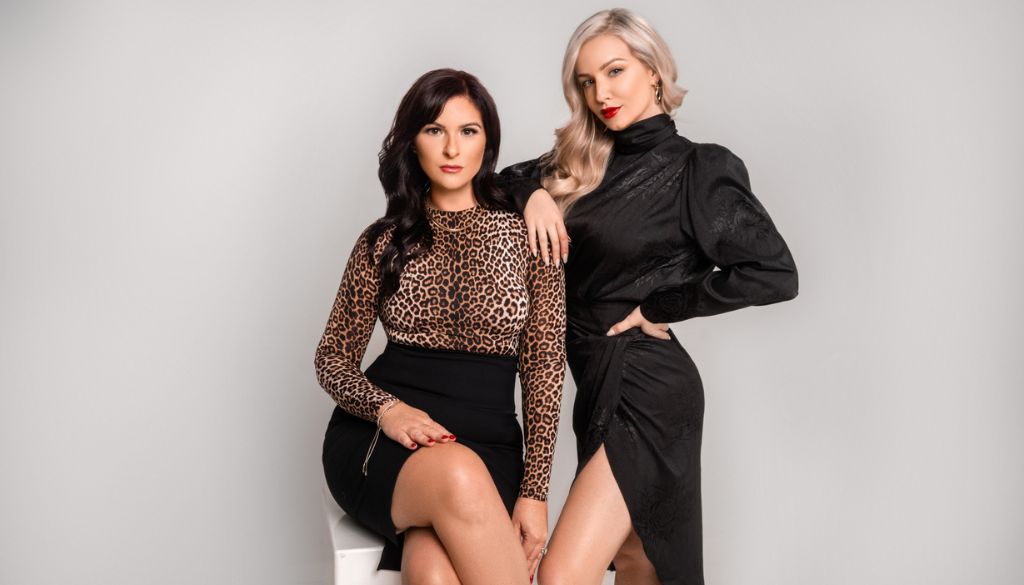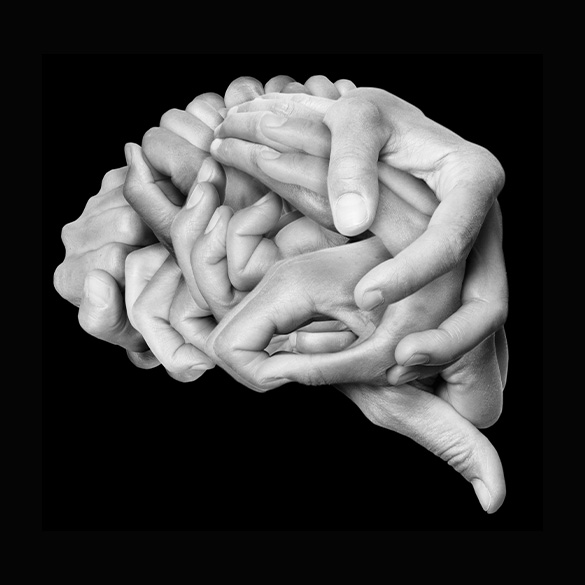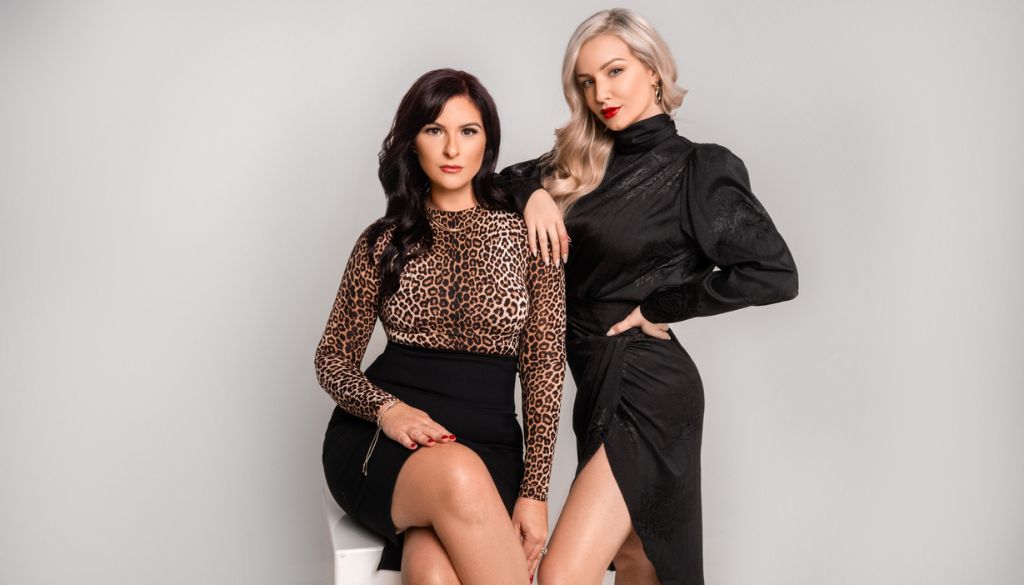
A headshot is a type of photography where the subject’s head and shoulders are captured, usually highlighting their features and facial expressions. The principal objective of headshot photography is to exhibit the subject’s personality, professionalism, and occasionally certain attributes pertinent to their line of work or intended use.
In a variety of industries, including business, acting, modeling, and social media profiles, & headshots cost. Professionals in the business world frequently use headshots for marketing materials, LinkedIn profiles, and company websites. Headshots are an essential component of a model or actor’s portfolio that they use to introduce themselves to casting directors and clients. In the era of social media, a lot of people choose to improve their online presence by getting professional headshots.
Clear and focused facial features, acceptable lighting, a suitable background, and a sincere attitude that communicates the desired image or message are essential components of a successful headshot. Photographers frequently collaborate closely with their subjects to capture their distinct personalities and present the ideal polished image.
How can I take a headshot photo?
Paying close attention to many aspects including lighting, composition, and emotion is necessary when taking a headshot picture. The following stages will help you go through the process of taking a headshot:
Camera and Lens:
Make use of a reasonable-resolution camera. While a DSLR or mirrorless camera is the best option, high-end smartphones nowadays can also take decent pictures.
Select a lens with a moderate focal length (with a full-frame camera, this could be 50mm or 85mm). This offers a pleasing perspective and aids in preventing distortion.
Location and Background:
Choose a background that is uncomplicated and won’t draw attention away from the subject. Generally, a neutral setting or a backdrop of one single hue works nicely.
Make sure the background serves the headshot’s intended function. In most cases, a neutral background is ideal for professional settings.
Lighting:
Natural light is usually ideal. For flattering, soft light, take pictures in the late afternoon or early morning, known as the “golden hours”.
Place the subject close to a large window if you’re shooting indoors to maximize natural light. As an alternative, avoid strong shadows by using gentle, diffused artificial lighting.
Composition:
Focus on the face and enclose the head and shoulders. Make sure the eyes are focused well.
To create a composition that is more visually pleasing, place the subject slightly off-center.
Pose and Expression:
Motivate the person to unwind and be authentic. Authenticity can be expressed with a sincere expression.
Try out a few different stances to see which one best captures the subject’s essence and the aim of the headshot.
Camera Settings:
For a shallow depth of field that helps separate the subject from the background, use a wide aperture (lower f-number).
A fast enough shutter speed should be used, especially when photographing in natural light, to prevent motion blur.
Post-Processing:
To improve the image’s overall quality, edit it. If necessary, adjust the color balance, contrast, and exposure.
Lightly alter the photo to get rid of any distracting imperfections while preserving its natural appearance.
Communication:
Throughout the session, stay in touch with the subject and offer advice and comments to help them get the intended outcomes.
Never forget that the best way to improve your headshot photography skills is to practice and experiment. Try a variety of approaches and configurations to see what suits your style and your subjects’ preferences the best.
Can I take my own headshots?
Yes, you can snap your headshots. Headshots photographer is especially possible now that digital and smartphone cameras come in high definition. The following advice can help you take effective self-headshots:
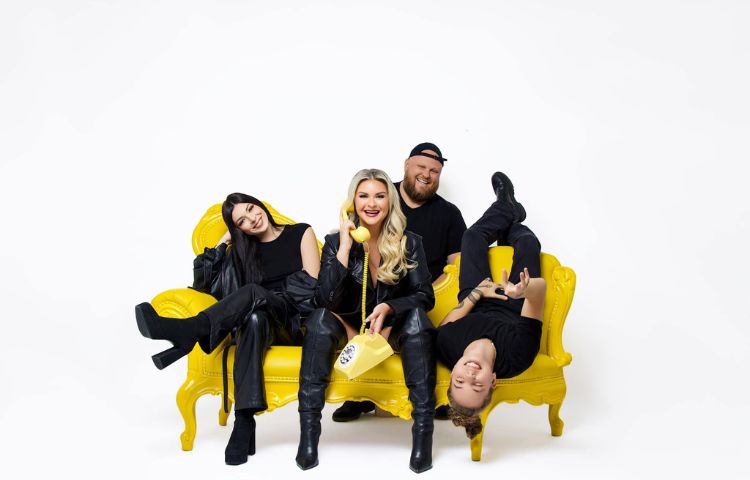
Camera Setup:
Make use of a camera that produces images with good quality and resolution. A digital camera with a self-timer or a smartphone with a high-resolution camera can both function well.
Tripod or Stable Surface:
To prevent camera shake and guarantee a sharp image, place your camera on a tripod or other firm surface.
Composition:
Give your head and shoulders ample room to be in the frame. Make your compositions with the headshot’s intended use in mind.
Lighting:
Place yourself next to a window to make the most of the natural light. For headshots, soft, diffused light is usually pleasing.
Consider experimenting with artificial illumination when photographing indoors. Place lights so that your face is not harshly shadowed.
Focus on the Eyes:
Make sure your eyes are focused clearly. You may tap the screen of many cameras and smartphones to adjust the focus point.
Remote Shutter or Self-Timer:
To give yourself time to get into position, use a self-timer feature on your smartphone or a remote shutter release on your camera.
Experiment with Poses:
To determine what suits you best, experiment with various positions and viewpoints. Find a comfortable and assured stance, play around with your facial emotions, and tilt your head slightly.
Background:
Pick a background that is simple and won’t draw attention away from your face. A backdrop or a simple wall can both be effective.
Editing:
After taking the pictures, edit them with photo software to make them better. Modify the photo by adjusting its exposure, contrast, and color balance, and retouching it if needed.
Patience and Practice:
A little trial and error may be necessary to get good self-portraits. Have patience, go over your photos, and tweak as necessary.
Keep in mind that practice makes perfect, so don’t give up if your initial tries aren’t flawless. Try a variety of positions, lighting setups, and settings until you choose what suits you the best. To make the process go more smoothly, consider using a remote shutter release or asking a friend for assistance.
What is a headshot called?
Most of the time, a headshot is just called a “headshot.” This phrase is frequently used in a variety of settings, including social media profiles, business websites, acting and modeling portfolios, and professional portfolios. Occasionally, it might also be referred to as a “portrait,” particularly if the image accentuates the subject’s face and upper torso.
The word “headshot” is extremely descriptive because it usually refers to a picture that is concentrated on the subject’s head and shoulders, mostly intended to highlight their facial characteristics and expressions, and occasionally to project a particular professional or personal image.
Do you smile in a headshot?
It all depends on the situation and the message you want to give in a headshot whether or not to grin. In headshots, both happy and more neutral faces are typical; the decision is frequently based on the intended use of the image.
When it comes to smiling in a headshot, keep the following in mind:
Smiling:
Warmth, approachability, and friendliness can all be expressed with a grin.
In professional settings where a personable and upbeat image is preferred, including business profiles, LinkedIn, or personal branding, it is frequently appropriate for headshots.
Neutral Expression:
In some professional contexts, where adaptability is essential, like acting or modeling portfolios, a more somber or neutral face could be favored.
A neutral expression, in the opinion of some, conveys a more somber or polished impression.
Expression Matching the Purpose:
Examine the headshot’s intended use. In a professional or business context, a warm and inviting grin could be suitable. The expression may change depending on the jobs you are looking for if it is for an acting portfolio.
Personal Style:
Comfort and personal style are also important factors. In case you have an amiable and congenial personality, a happy headshot could accurately depict you.
In the end, the expression you choose will rely on your taste, the industry or situation the headshot is meant for, and the impression you want to give off. Possessing a range of headshots with various emotions might be useful in various contexts. If you’re not sure, think about speaking with a professional photographer who can offer advice based on experience and knowledge of industry standards.
What is a full headshot?
The term “full headshot” usually describes a picture that shows the subject’s head, shoulders, entire face, and upper torso. It gives a good perspective of the subject’s features, expressions, and occasionally their upper torso. The phrase is used to set it apart from closely cropped images that might just highlight the subject’s head and face.
A full headshot often consists of the head, neck, and shoulders, providing a more all-encompassing image of the subject. In a variety of professional settings, such as business profiles, acting and modeling portfolios, social media accounts, and other instances when a full portrayal of the subject is required, this kind of headshot is frequently utilized.
To guarantee that the whole headshot captures the intended message or image, take into account aspects such as attire, background, lighting, and facial expressions before shooting.
Why do I need a headshot?
Depending on your personal and professional objectives, having a professional headshot might be advantageous for several reasons. The following are some justifications for thinking about obtaining a headshot:
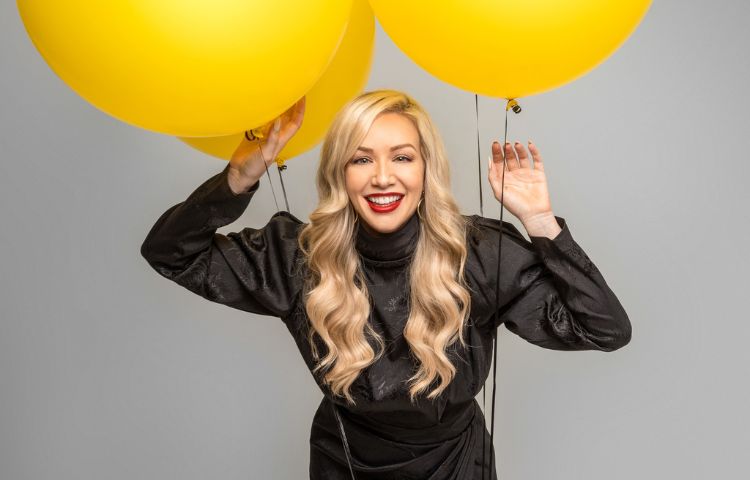
Professional Branding:
A top-notch headshot enhances your business branding. It gives you a picture of yourself that you may use on resumes, LinkedIn profiles, corporate settings, and other professional venues.
First Impressions:
In the digital era specifically, people’s initial impression of you is frequently based on your headshot. Competence, approachability, and professionalism can all be communicated with a polished and professional appearance.
Networking:
When engaging in business networking, a headshot makes you more memorable to others. It may be shared on email signatures, social media sites, and business cards, and it instantly establishes your brand.
Job Applications:
When applying for jobs, especially in industries like acting, modeling, or public relations, a headshot can help your application stand out and add a personal touch.
Social Media Presence:
Having a headshot makes you more visible on social media. It offers your online presence a face, which improves the professionalism and personability of your profiles.
Online Profiles:
Users are encouraged to submit a headshot on a lot of internet platforms, including professional networking sites like LinkedIn. In general, photo-filled profiles are more interesting and reliable.
Personal Branding for Entrepreneurs:
For independent contractors or business owners, a headshot is an essential part of your branding. It promotes credibility and confidence among prospective customers or partners.
Acting and Modeling:
It is essential for anybody working in the entertainment sector to have a headshot portfolio. Headshots are a common tool used by casting directors and clients to determine casting.
Speaker or Presenter:
Using your headshot on conference websites, event programs, or promotional materials gives a polished appearance when you speak at events or present in professional settings.
Recognition and Visibility:
Brand awareness is aided by having a headshot that is consistent across all media. It increases your visibility and memorability, which is crucial in sectors where competition is fierce.
Keep in mind that the context and industry can have an impact on the headshot’s style. A business professional’s corporate headshot could be different from an artist’s or entertainment sector professional’s more emotive and creative headshot. Whatever the situation, a strong headshot helps you establish both your personal and professional brand.
What is a quality headshot?
A good headshot is a polished, eye-catching picture that successfully communicates a person’s personality, a desired image or message, and fulfills its intended function in a variety of social and professional settings. An acting portfolio, social media accounts, company profiles, and other applications all benefit from having a high-quality headshot since it shows talent, attention to detail, and a grasp of the subject’s brand.
Clarity is the first characteristic of a good headshots photographer. The picture must have excellent quality, focus, and sharpness. Especially in the eyes and facial features, clear and crisp details convey professionalism and involvement. This sharpness is enhanced by using an appropriate camera with strong optics or a high-quality smartphone camera in conjunction with efficient lighting.
Composition is yet another important factor. The head and shoulders of the person are framed in a well-composed headshot, creating a balanced and visually appealing picture. To bring attention to the subject’s facial expressions, the composition should be carefully placed such that the background enhances rather than detracts from the main topic. Sufficient distance around the head and shoulders permits adaptability in terms of cropping and application.
An important factor in determining a headshot’s quality is its lighting. Soft, pleasing illumination can be obtained from natural light, especially in the “golden hours” of early morning or late afternoon. Alternatively, the desired impression can be effectively achieved by using artificial lighting sources. A clean and professional look can be achieved by avoiding sharp shadows and achieving even lighting throughout the face.
A crucial component of communicating the intended message is expression. For a business headshot or an artistic portfolio, the expression should be genuine and consistent with the person’s personal or professional brand, whether it’s a kind and approachable smile. An experienced photographer can help the subject find a sincere expression that works well for the final picture.
Grooming and attire are also crucial elements of a good headshot. The person should dress appropriately for the situation, taking into account the setting or industry. Grooming features like hair, cosmetics, and accessories add to the picture’s overall polished appearance. Presenting the person in the best possible light while retaining authenticity is the aim.
Maintaining consistency is essential, particularly when using the headshot across multiple platforms. Professionalism and recognition are increased with a unified visual identity. A coherent portrayal is ensured by sticking to a consistent style when it comes to lighting, framing, and overall aesthetic—whether it’s for a modeling portfolio, a business website, or a LinkedIn profile.
When used carefully, post-processing can improve the quality of a headshot. To portray the subject in the greatest possible light, this may entail making modest retouching, exposure, and color balance tweaks. To preserve the image’s genuine and natural feel, it’s crucial to find a balance and refrain from over-retouching in headshots for acting.
In summary, a well-made headshot is a shot that incorporates impeccable technique, careful composition, impactful lighting, genuine expression, suitable styling, and consistency. It is a priceless tool for both personal and professional branding since it does more than just take pictures of faces; it also conveys a message and captures a professional identity. Professionals in business, actors, models, or anybody else looking to leave a good impression should invest in a high-quality headshot as it is an investment in self-presentation.
Conclusion
In essence, a quality headshot is a meticulously crafted photograph that embodies clarity, composition, lighting, authentic expression, and appropriate styling. Creativeklick serves as a visual ambassador, portraying an individual’s professionalism and personality across diverse contexts. Consistency across platforms and judicious post-processing further elevate its impact. Whether for business, acting, or personal branding, a quality headshot is a powerful tool, making a lasting impression and enhancing recognition. It encapsulates the essence of an individual, presenting them at their best, and contributing to a polished and professional visual identity.

